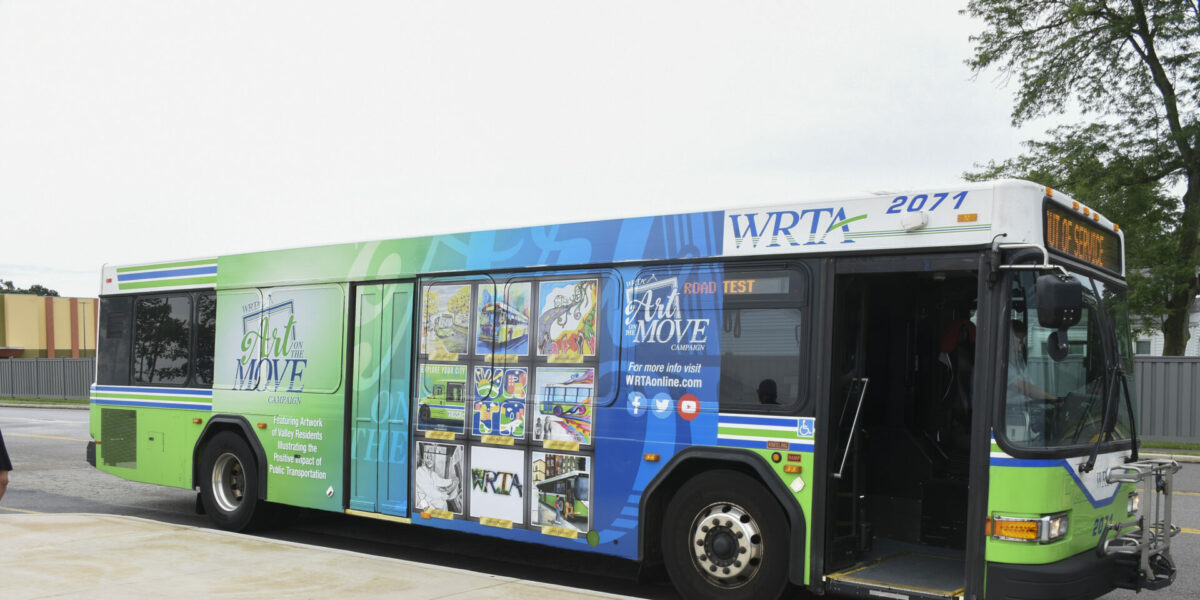Make Best Use Of Exposure with Transit Advertising Philippines
Make Best Use Of Exposure with Transit Advertising Philippines
Blog Article
An In-depth Assessment of the Strategies and Strategies for Successful Transit Advertising And Marketing Campaigns
Transit advertising projects use a distinct possibility for brand names to involve with varied target markets in vibrant environments. To achieve success, it is necessary to recognize the subtleties of target demographics, apply innovative design methods, and pick optimum positioning areas. Furthermore, the effectiveness of these campaigns can be considerably improved by carefully monitoring efficiency metrics and adapting strategies appropriately. As we discover these crucial elements, it comes to be clear that the path to an impactful transportation marketing approach is both satisfying and complex, raising the question of how ideal to browse these complexities for maximum brand name exposure.
Understanding Target Demographics
Recognizing target demographics is important for the success of transportation marketing campaigns (Transit Advertising Philippines). Recognizing particular target market sections enables marketers to customize their messages successfully, guaranteeing that the content resonates with the intended audiences. This strategy boosts engagement and optimizes return on investment
To properly evaluate target demographics, marketers need to consider a number of key variables, including age, earnings profession, degree, and way of life preferences. As an example, a project targeted at young professionals might concentrate on benefit and modernity, while one targeting family members may highlight safety and reliability. Moreover, geographic elements such as country versus urban settings can substantially affect customer habits and preferences.
Data collection techniques such as studies, emphasis groups, and social media sites analytics provide valuable insights into group patterns and consumer routines. By leveraging this information, advertisers can craft compelling narratives that align with the values and needs of their target audience.
Ultimately, recognizing target demographics not just educates the critical direction of transit marketing campaign yet likewise makes sure that resources are allocated efficiently. This targeted method raises the chance of accomplishing campaign purposes, promoting brand commitment, and driving conversions.
Innovative Design Strategies
Efficient communication with target demographics relies greatly on ingenious creative design strategies en route marketing campaign. To properly catch interest in a crowded visual environment, developers have to prioritize quality and aesthetic effect. Utilizing vibrant colors and high-contrast aspects can improve presence, making sure that messages are easily readable from a distance.
Incorporating vibrant imagery that resonates with the target market is important. Aesthetic storytelling methods can stimulate emotions and develop unforgettable associations with the brand name. In addition, calculated usage of typography helps convey necessary details rapidly; readable typefaces and appropriate sizes better enhance readability.
Including interactive elements, such as QR codes or enhanced truth attributes, can involve travelers past easy observation (Transit Advertising Philippines). These techniques not only advertise customer interaction but additionally connect the void between standard marketing and electronic engagement
In addition, making use of room creatively-- whether on bus wraps, transit sanctuaries, or metro advertisements-- can result in innovative layouts that damage the mold and mildew of standard advertising and marketing. By accepting creative imagination while maintaining brand name uniformity, campaigns can foster a strong link with their target market, ultimately driving both awareness and action. The assimilation of these layout methods is vital for accomplishing successful transportation advertising and marketing results.
Strategic Placement Approaches
Making best use of the influence of transit advertising depends upon calculated placement methods that make certain ideal visibility and engagement. Efficient placement entails examining high-traffic areas and recognizing traveler demographics to determine one of the most helpful locations for ad screens. For circumstances, positioning ads near entrances and departures of transportation lorries can capture the attention of boarding and alighting passengers, therefore improving exposure.
In addition, using both interior and outside surface areas of transportation vehicles can dramatically widen reach. Exterior advertisements, visible during commutes, involve pedestrians and other motorists, while interior ads target guests in a captive setting. Furthermore, positioning advertisements en route hubs, such as bus terminals or train terminals, enables increased perceptions as commuters change between different modes of transportation.
Timing is likewise vital; straightening the campaign launch with peak traveling periods optimizes audience involvement - Transit Advertising Philippines. In addition, leveraging electronic displays in transportation atmospheres can facilitate vibrant web content, giving real-time updates and improving customer interaction. By employing these calculated positioning techniques, online marketers can make certain that their transit marketing campaign attain optimal presence, resonate with the target audience, and inevitably drive wanted outcomes

Measuring Campaign Efficiency
To examine the success of transit ad campaign, it is necessary to use a variety of measurement important link methods that supply understandings into target market engagement and general performance. One main method is using weblink vital efficiency indicators (KPIs), such as reach, perceptions, and interaction prices, which measure just how numerous individuals communicated and saw the promotion with it.
Surveys and emphasis groups can additionally be crucial in gauging consumer assumptions and recall, enabling marketers to understand the impact of their messaging. Furthermore, tracking website web traffic and social networks engagement throughout and after the project assists determine straight feedbacks to the advertising and marketing.
One more effective strategy is utilizing location-based analytics, which can supply data walking web traffic around details transit areas, providing insights into whether the campaign effectively captured the attention of travelers. Moreover, analyzing sales information can reveal correlations between transportation advertising and increased income, providing tangible evidence of a campaign's efficiency.
Instance Research Studies of Success
Recognizing the efficiency of transportation advertising projects with dimension methods prepares for taking a look at real-world instances that illustrate successful end results. One noteworthy study involves a national beverage brand that utilized bus wraps in city locations. The campaign aimed to enhance brand visibility and sales throughout the summer season. By using geo-targeted digital advertisements and analytics, the brand determined a 30% rise in sales in areas where the wraps were prominently displayed, demonstrating the straight impact of transit marketing.
Another compelling example comes from a regional not-for-profit organization that introduced a project on subway systems to advertise an area occasion. The company go to my blog combined vibrant visuals with QR codes routing commuters to an enrollment page. Post-campaign evaluation exposed a 50% boost in event presence compared to the previous year. Making use of direct interaction with innovation magnified the campaign's reach and performance.

Final Thought
In recap, successful transportation marketing campaigns necessitate a detailed method that incorporates an understanding of target demographics, cutting-edge design strategies, and strategic positioning. Jointly, these methods foster brand visibility and make the most of the return on investment in transportation marketing efforts.
Comprehending target demographics is critical for the success of transit marketing campaigns.Effective communication with target demographics depends heavily on innovative imaginative style methods in transportation advertising and marketing projects. By using these strategic positioning techniques, marketing professionals can ensure that their transit advertising and marketing campaigns attain optimal visibility, resonate with the target audience, and ultimately drive desired end results.
Understanding the efficiency of transit advertising and marketing campaigns through dimension techniques lays the groundwork for analyzing real-world examples that illustrate successful end results.In summary, successful transit advertising and marketing projects demand a comprehensive strategy that integrates an understanding of target demographics, cutting-edge design methods, and tactical placement.
Report this page